Home>Articles>What Type Of Energy Cooks Food In A Microwave Oven
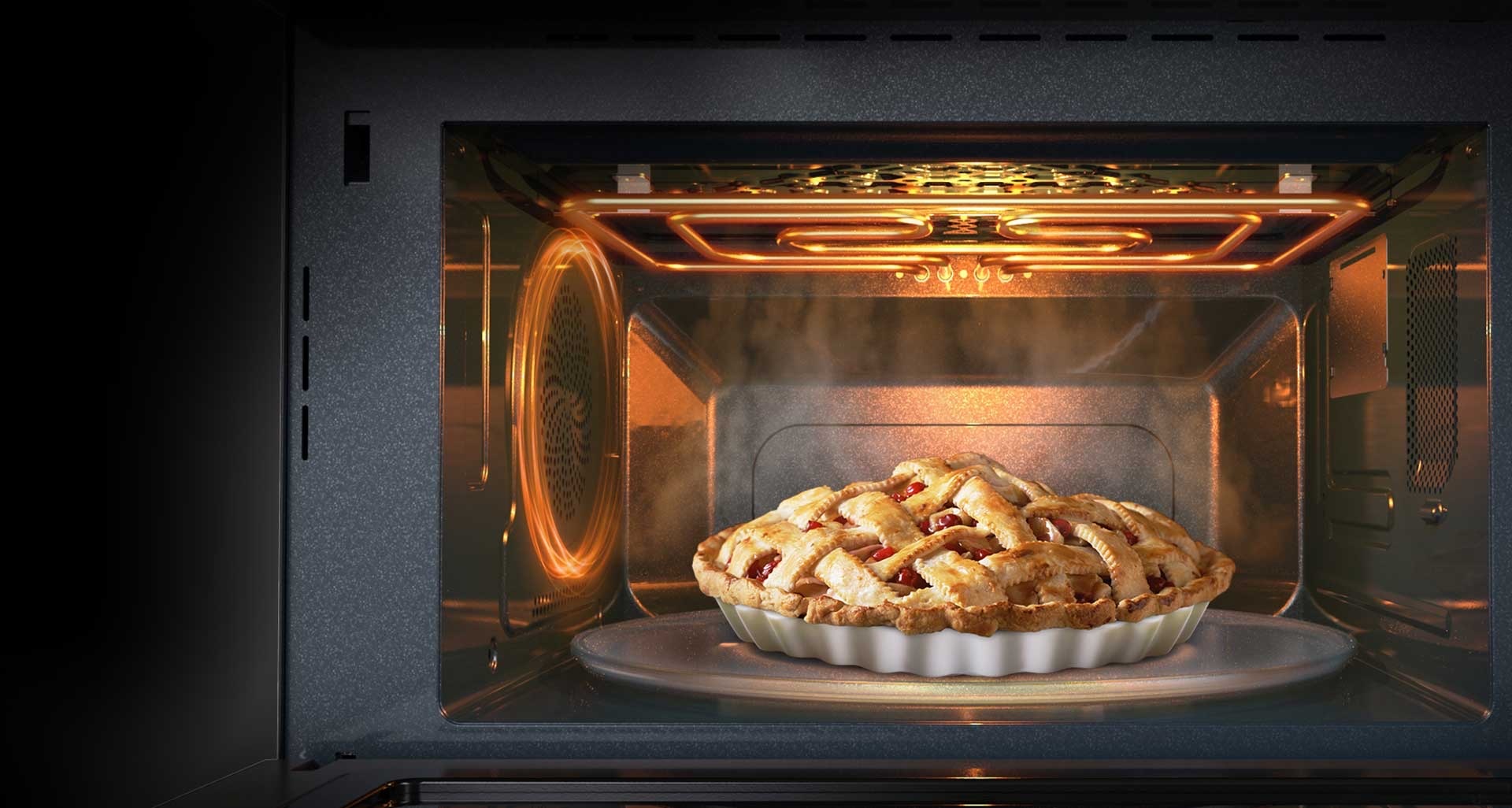

Articles
What Type Of Energy Cooks Food In A Microwave Oven
Modified: August 20, 2024
Discover the science behind microwave ovens and how they use energy to cook food. Explore informative articles on different types of energy in cooking!
(Many of the links in this article redirect to a specific reviewed product. Your purchase of these products through affiliate links helps to generate commission for Storables.com, at no extra cost. Learn more)
Introduction
Welcome to the world of microwave ovens! In today’s fast-paced society, these modern kitchen appliances have become an essential part of our daily lives. They offer convenience, efficiency, and speed when it comes to cooking or reheating our favorite meals. But have you ever wondered how a microwave oven actually works?
At first glance, a microwave oven may seem like a miracle device, magically transforming cold leftovers into steaming hot meals within minutes. In reality, it’s the unique combination of different types of energy that allows a microwave oven to cook food quickly and efficiently.
In this article, we will explore the fascinating world of microwave ovens and delve into the various types of energy at play. We will uncover the science behind their operation and gain a better understanding of the safety precautions that should be followed when using these appliances.
So, let’s embark on this journey together and unravel the mysteries of how a microwave oven cooks food!
Key Takeaways:
- Microwave ovens utilize a combination of electrical, electromagnetic, thermal, kinetic, and convection energy to cook food quickly and evenly, revolutionizing the way we prepare meals in our modern, fast-paced lives.
- Understanding the interaction between electromagnetic waves and water molecules is crucial for efficient cooking in a microwave oven. By following safety precautions and considering the heating process, we can enjoy the convenience of this remarkable kitchen appliance while prioritizing safety and proper usage.
Read more: What Is A Microwave Oven
How a Microwave Oven Works
Before we dive into the different types of energy involved in a microwave oven, let’s first understand the basic workings of this ingenious kitchen appliance.
A microwave oven utilizes electromagnetic waves in the microwave frequency range to generate heat and cook food. These waves are generated by a component called a magnetron, which is located inside the appliance. When the oven is turned on and the timer is set, the magnetron converts electrical energy into high-powered electromagnetic waves.
These electromagnetic waves, also known as microwaves, are then emitted into the oven’s cooking chamber through a waveguide. This chamber is typically made of metal to contain the waves and prevent them from escaping. Inside the chamber, a turntable rotates the food to ensure even cooking.
The microwaves are then absorbed by the food, specifically by the water molecules within it. This absorption leads to the generation of heat, which cooks the food from the inside out. The result is evenly heated and cooked food in a fraction of the time it would take using conventional cooking methods.
Now that we have a basic understanding of how a microwave oven works, let’s delve into the different types of energy involved in the cooking process.
Types of Energy in a Microwave Oven
A microwave oven utilizes different types of energy to cook food efficiently. Understanding these various forms of energy will give us a better insight into the cooking process. Let’s explore them below:
- Electrical Energy: The microwave oven requires an electrical power source to function. When you plug the appliance into an outlet and turn it on, electrical energy is converted into other forms of energy, such as electromagnetic waves.
- Electromagnetic Waves: The heart of a microwave oven is the magnetron, a component that converts electrical energy into electromagnetic waves. These waves have a specific range of frequency, typically around 2.45 gigahertz (GHz). The microwaves are then emitted into the cooking chamber, where they interact with the food.
- Thermal Energy: The purpose of a microwave oven is to generate heat and cook food. When the microwaves penetrate the food, they cause the water molecules within it to vibrate at a high frequency. This molecular movement generates thermal energy, which heats up the food from the inside out.
- Kinetic Energy: In addition to heating the food, the microwaves also transfer kinetic energy to the molecules. This energy makes the molecules move faster, which enhances the cooking process. The rapid movement and collision of molecules further contribute to the generation of heat.
- Convection Energy: While not directly produced by the microwave oven itself, convection energy plays a role in the cooking process when using combination microwaves. These appliances combine the microwave technology with a traditional convection oven, which circulates hot air within the cooking chamber. This convection energy helps to cook food evenly and achieve a crispy texture.
These different types of energy work in harmony within a microwave oven to cook food quickly and efficiently. It’s the combination of electrical energy, electromagnetic waves, thermal energy, kinetic energy, and in some cases, convection energy that makes microwave ovens the go-to appliance for convenient cooking.
Next, let’s explore in more detail the science behind electromagnetic waves, which are the key players in the cooking process.
Electromagnetic Waves and Microwaves
When discussing the types of energy involved in a microwave oven, it is crucial to understand the role of electromagnetic waves, particularly microwaves. Microwaves are a specific type of electromagnetic wave that falls within the microwave frequency range.
Electromagnetic waves are a form of energy that consists of both electric and magnetic fields. They propagate through space and have different properties depending on their frequency and wavelength.
Within the electromagnetic spectrum, microwaves fall between radio waves and infrared waves. They have a longer wavelength and lower frequency compared to visible light waves.
These microwaves are specifically designed to interact with water molecules, which are present in most foods. Water molecules have a positive side (hydrogen) and a negative side (oxygen), which makes them polar molecules. When microwaves pass through food, they cause the water molecules to rotate and vibrate at a high frequency.
The rotation and vibration of water molecules generate heat through a process called dielectric heating. Dielectric heating occurs when a changing electromagnetic field (the microwaves) interacts with polar molecules (the water molecules) and causes them to align and reorient rapidly. This molecular movement generates friction, which in turn produces heat.
It’s important to note that while microwaves primarily interact with water molecules, they can also affect other polar molecules, such as those found in fats and sugars. This interaction allows for even cooking of a wide variety of foods in a microwave oven.
In addition to their cooking capabilities, microwaves have other unique properties that make them ideal for kitchen use. They are able to pass through non-metallic containers, such as glass or plastic, allowing the waves to penetrate the food inside. However, metal objects reflect microwaves, which is why it is important to avoid using metal utensils or aluminum foil inside a microwave oven.
Now that we have a better understanding of electromagnetic waves, especially microwaves, let’s explore how they are converted into heat to cook the food in a microwave oven.
Microwaves use electromagnetic energy to cook food by causing water molecules in the food to vibrate, creating heat. It’s important to use microwave-safe containers to avoid potential hazards.
Conversion of Electromagnetic Waves into Heat
One of the essential aspects of a microwave oven’s functionality is the conversion of electromagnetic waves, specifically microwaves, into heat. This process allows for efficient and rapid cooking of food. Let’s explore how this conversion takes place:
When microwaves are emitted into the cooking chamber, they pass through the food and interact with the water molecules present. As mentioned earlier, these microwaves cause the water molecules to rotate and vibrate at a high frequency.
As the water molecules undergo rapid movement, the friction generated from their interaction creates heat. This heat is then conducted throughout the food, cooking it from the inside out. Unlike conventional cooking methods where heat is primarily applied externally, a microwave oven’s design allows for even and efficient cooking throughout the entire dish.
The conversion of electromagnetic waves into heat is an efficient process because it directly targets the water molecules, which are highly abundant in most foods. This method significantly reduces cooking time compared to traditional cooking methods, as the heat is produced internally and quickly spreads throughout the food.
It’s worth noting that the conversion of electromagnetic waves into heat is also influenced by the moisture content and density of the food. Foods with higher water content, such as fruits and vegetables, tend to cook faster in a microwave oven. On the other hand, drier or denser foods may require more time or adjustments in cooking techniques to ensure even heating.
Furthermore, the size and shape of the food can also affect the conversion process. It’s important to cut larger items into smaller, evenly-sized pieces to promote uniform cooking. Stirring or rotating the food during the cooking process helps to distribute the heat more evenly and avoid any cold spots.
Now that we understand how electromagnetic waves are converted into heat, let’s dive deeper into the heating process within a microwave oven.
Heating Process in a Microwave Oven
The heating process in a microwave oven is a combination of electromagnetic wave interaction and the resulting generation of heat. Understanding this process is important for efficient and effective cooking. Let’s explore the heating process step by step:
- Penetration: When the microwave oven is turned on and set to a specific cooking time, electromagnetic waves, in the form of microwaves, are emitted into the cooking chamber. These waves easily penetrate through non-metallic containers and reach the food inside.
- Water Molecule Interaction: Upon reaching the food, the microwaves primarily interact with the water molecules present. The rapidly changing electric field of the microwaves causes the water molecules to align and reorient themselves, resulting in rotational and vibrational movement.
- Friction and Heat Generation: As the water molecules rotate and vibrate at a high frequency, friction is generated among neighboring molecules. This friction leads to the generation of heat, quickly raising the temperature of the food. The heat is conducted throughout the food, cooking it from the inside out.
- Uniform Heating: To ensure even heating, many microwave ovens are equipped with a turntable that rotates the food during cooking. This rotation helps distribute the heat more evenly, preventing hot spots or sections of undercooked food.
- Resting Time: Once the cooking time is complete, it is important to allow the food to rest inside the microwave oven for a short period. This resting time allows for heat diffusion and even distribution within the food, ensuring a consistent and thoroughly cooked result.
The heating process in a microwave oven is designed to be fast and efficient. It takes advantage of the unique interaction between microwaves and water molecules to quickly generate heat and cook food from the inside out. This method reduces cooking times significantly compared to conventional methods, making microwave ovens a popular choice for busy individuals and families.
However, it’s important to note that different types of food require different cooking times and techniques. It is always advisable to follow the manufacturer’s instructions and guidelines for specific foods or recipes to achieve optimal results.
Now that we have a better understanding of the heating process, let’s move on to discussing some important safety precautions and considerations when using a microwave oven.
Safety Precautions and Considerations
While microwave ovens are generally safe to use, it is important to follow certain safety precautions and considerations to minimize any potential risks. Let’s explore some key safety guidelines:
- Use Microwave-Safe Containers: When using a microwave oven, ensure that the containers and utensils you use are labeled as microwave-safe. Avoid using metal containers, aluminum foil, or dishes with metallic accents, as they can cause arcing and damage to the appliance.
- Avoid Overheating Liquids: When heating liquids, such as water or soups, in a microwave oven, be cautious to prevent overheating. Superheated liquids can erupt and cause burns. To prevent this, use a microwave-safe container and stir the liquid before and after heating to distribute the heat evenly.
- Be Mindful of Steam: When opening containers or removing food from a microwave oven, be aware of the steam that may escape. Use oven mitts or towels to protect your hands from potential burns.
- Follow Cooking Time Guidelines: Different types of food require different cooking times in a microwave oven. Follow the manufacturer’s guidelines or recommended cooking times for specific foods to ensure proper cooking without overcooking or undercooking.
- Allow Food to Rest: After cooking, allow food to rest inside the microwave oven for a short period. This allows for heat diffusion and helps to prevent burns when handling hot food.
- Supervise and Handle with Care: When using a microwave oven, it is important to supervise children and ensure they understand the potential dangers. Always handle hot containers and dishes with care, using oven mitts or towels to avoid burns.
- Clean and Maintain Regularly: To ensure the safe and efficient operation of a microwave oven, clean it regularly according to the manufacturer’s recommendations. Keep the inside of the oven free from debris, food particles, and spills that could cause damage or affect the cooking process.
- Check for Hotspots: Before consuming food cooked in a microwave oven, stir or rotate it to check for hotspots. Microwaves can create uneven heating, and certain areas of the food may be hotter than others.
By following these safety precautions and considerations, you can enjoy the convenience and benefits of a microwave oven while minimizing any potential risks. Additionally, reading and understanding the user manual that comes with the appliance is crucial to ensure safe and proper usage.
Now that we have covered the safety aspects, let’s conclude our exploration of how a microwave oven cooks food.
Conclusion
In conclusion, microwave ovens have revolutionized the way we cook and reheat our food. Through a combination of different types of energy, these appliances offer convenience, efficiency, and speed in the kitchen.
We have explored the various types of energy at play in a microwave oven, including electrical energy, electromagnetic waves (specifically microwaves), thermal energy, kinetic energy, and in some cases, convection energy. These energies work together to cook food quickly and evenly.
We also learned about the interaction between electromagnetic waves, particularly microwaves, and water molecules. This interaction generates heat through the rotation and vibration of the molecules, resulting in efficient cooking from the inside out.
Understanding the heating process in a microwave oven is crucial for achieving optimal results when cooking. By following safety precautions such as using microwave-safe containers, avoiding overheating liquids, and handling hot food with care, we can ensure a safe and enjoyable cooking experience.
Microwave ovens have become an integral part of our modern lifestyles, providing us with convenience and saving us precious time in the kitchen. They have become a staple appliance in households around the world.
As technology continues to advance, we can expect further improvements in microwave oven functionality and features. However, regardless of the advancements, it is important to always prioritize safety and proper usage when operating these appliances.
So, the next time you use your microwave oven to quickly warm up leftovers or cook a delicious meal, take a moment to appreciate the science behind its operation. It truly is a remarkable appliance that has transformed the way we prepare and enjoy our food.
Happy microwaving!
Frequently Asked Questions about What Type Of Energy Cooks Food In A Microwave Oven
Was this page helpful?
At Storables.com, we guarantee accurate and reliable information. Our content, validated by Expert Board Contributors, is crafted following stringent Editorial Policies. We're committed to providing you with well-researched, expert-backed insights for all your informational needs.
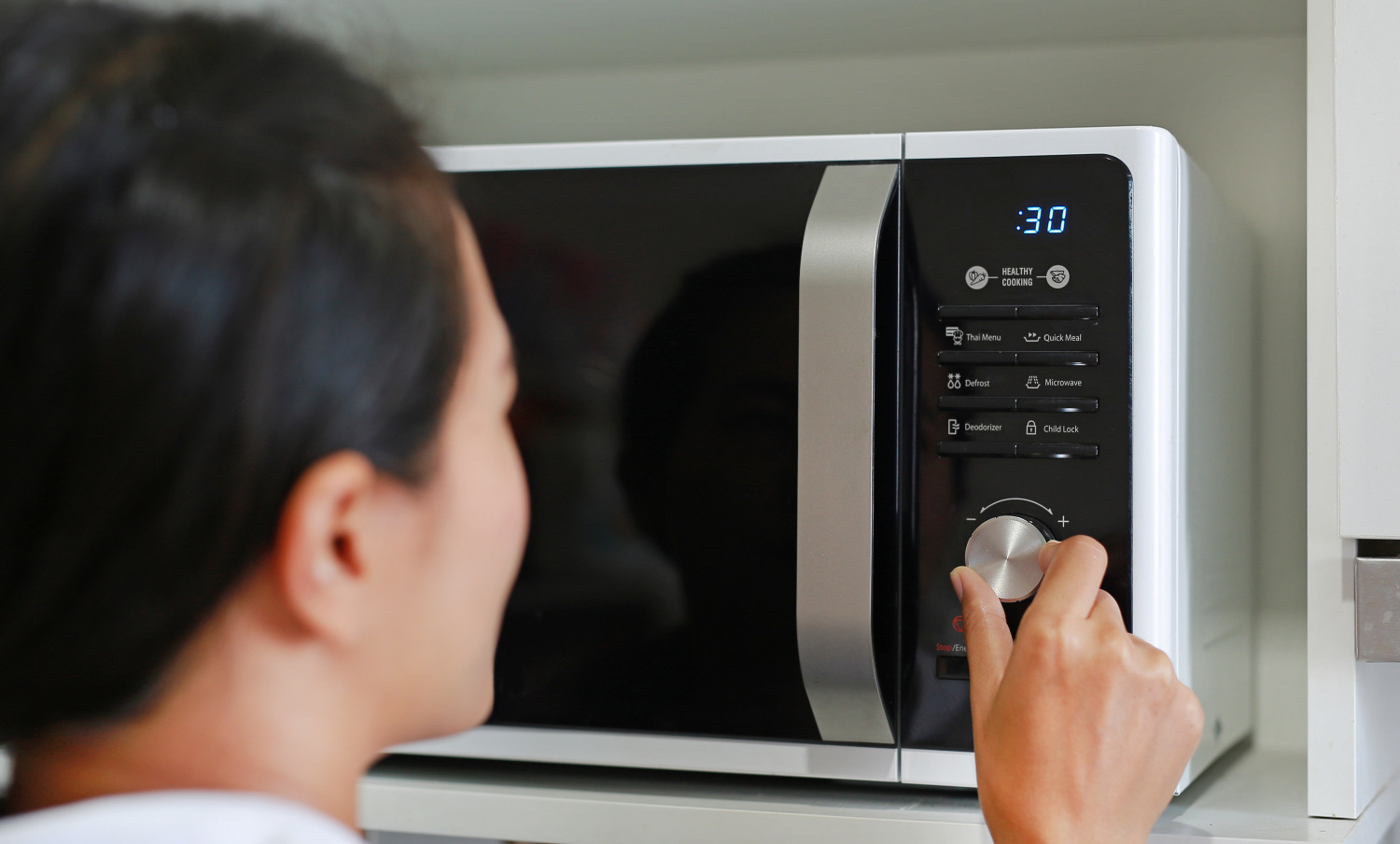
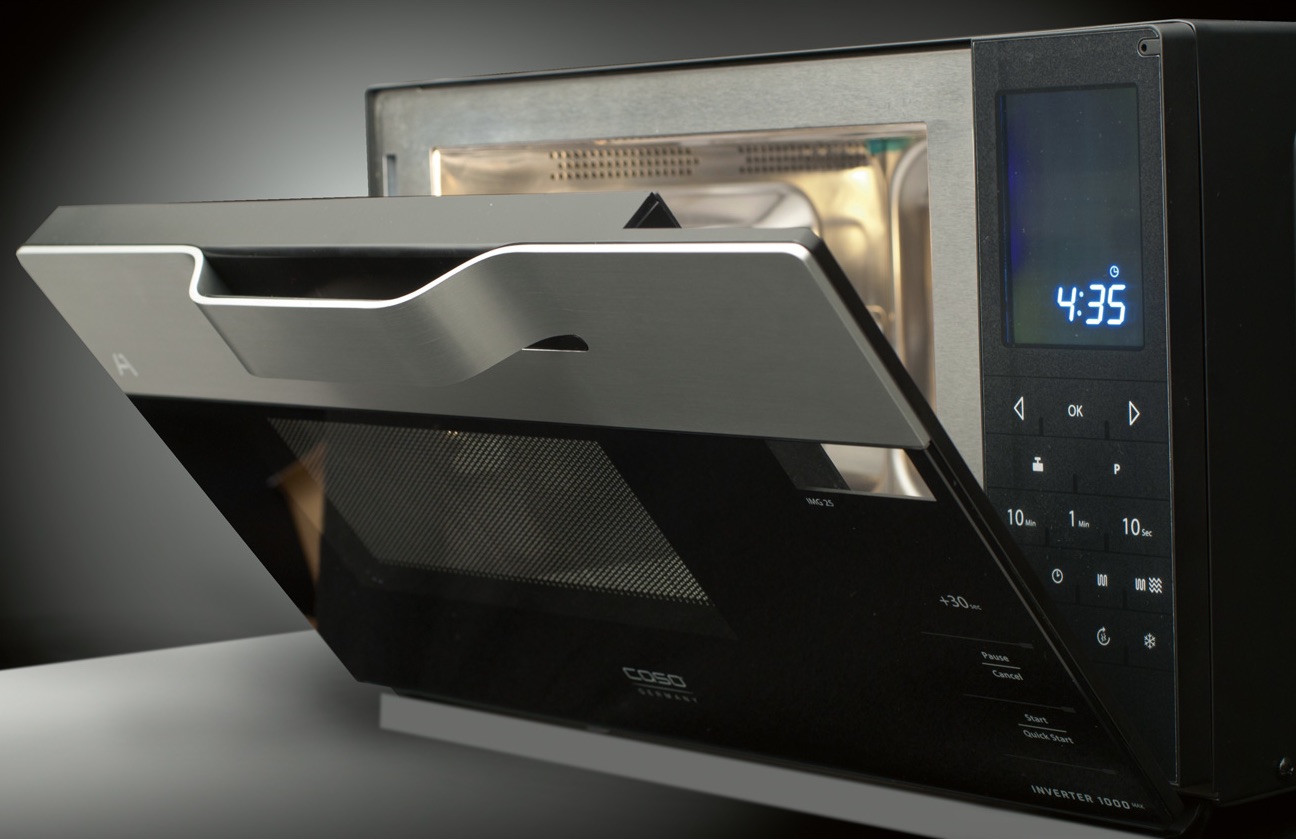

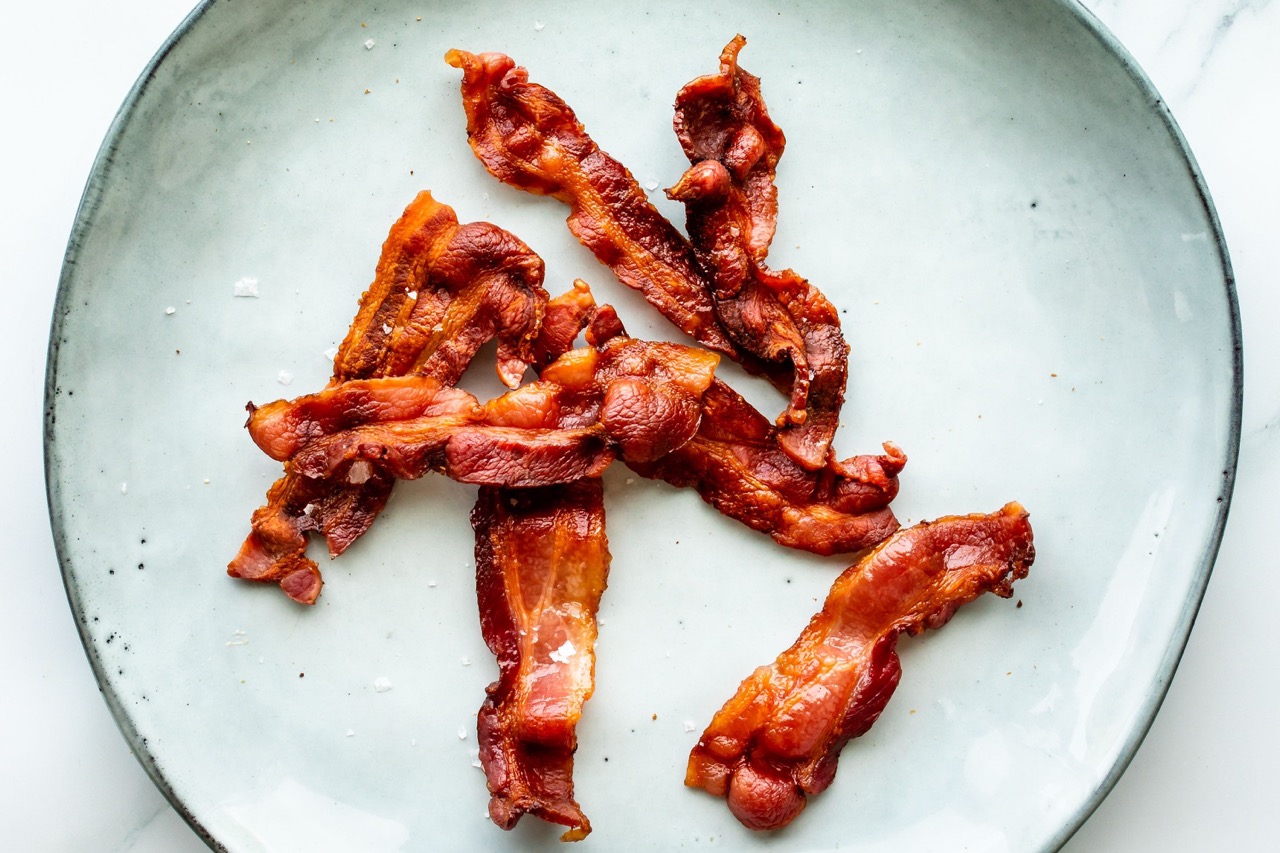
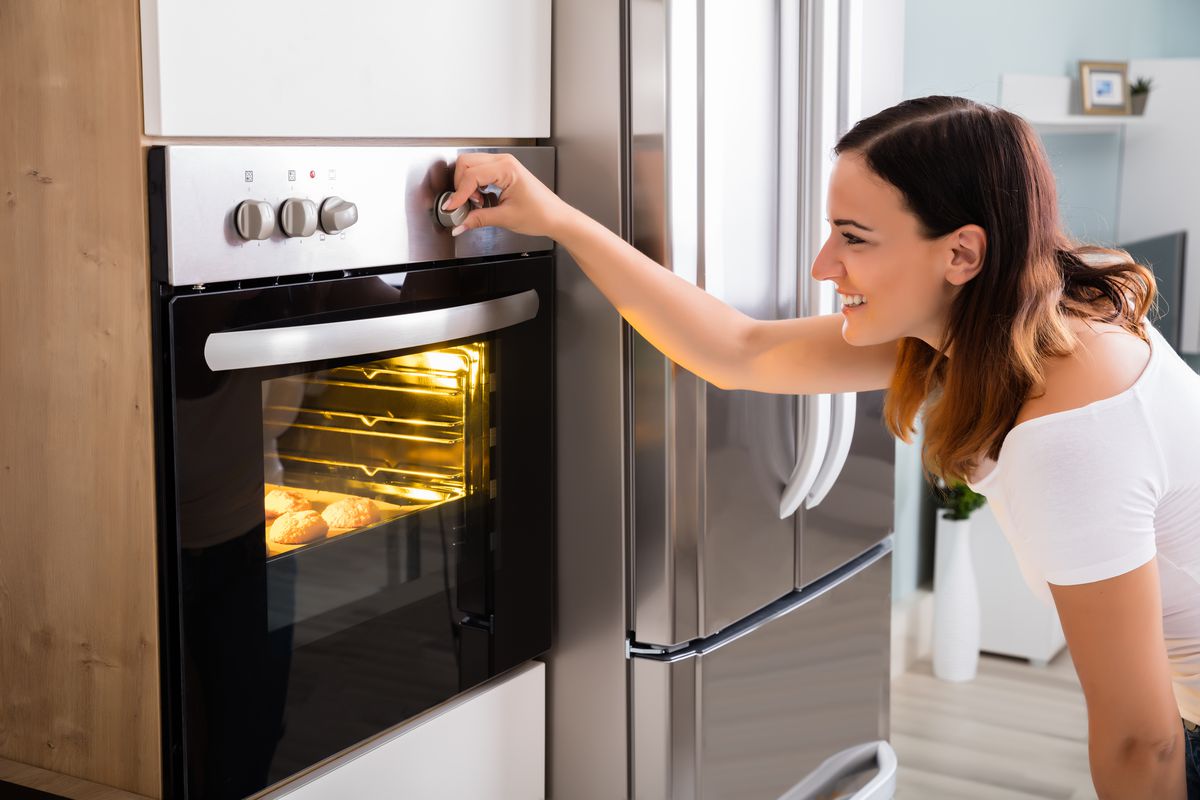
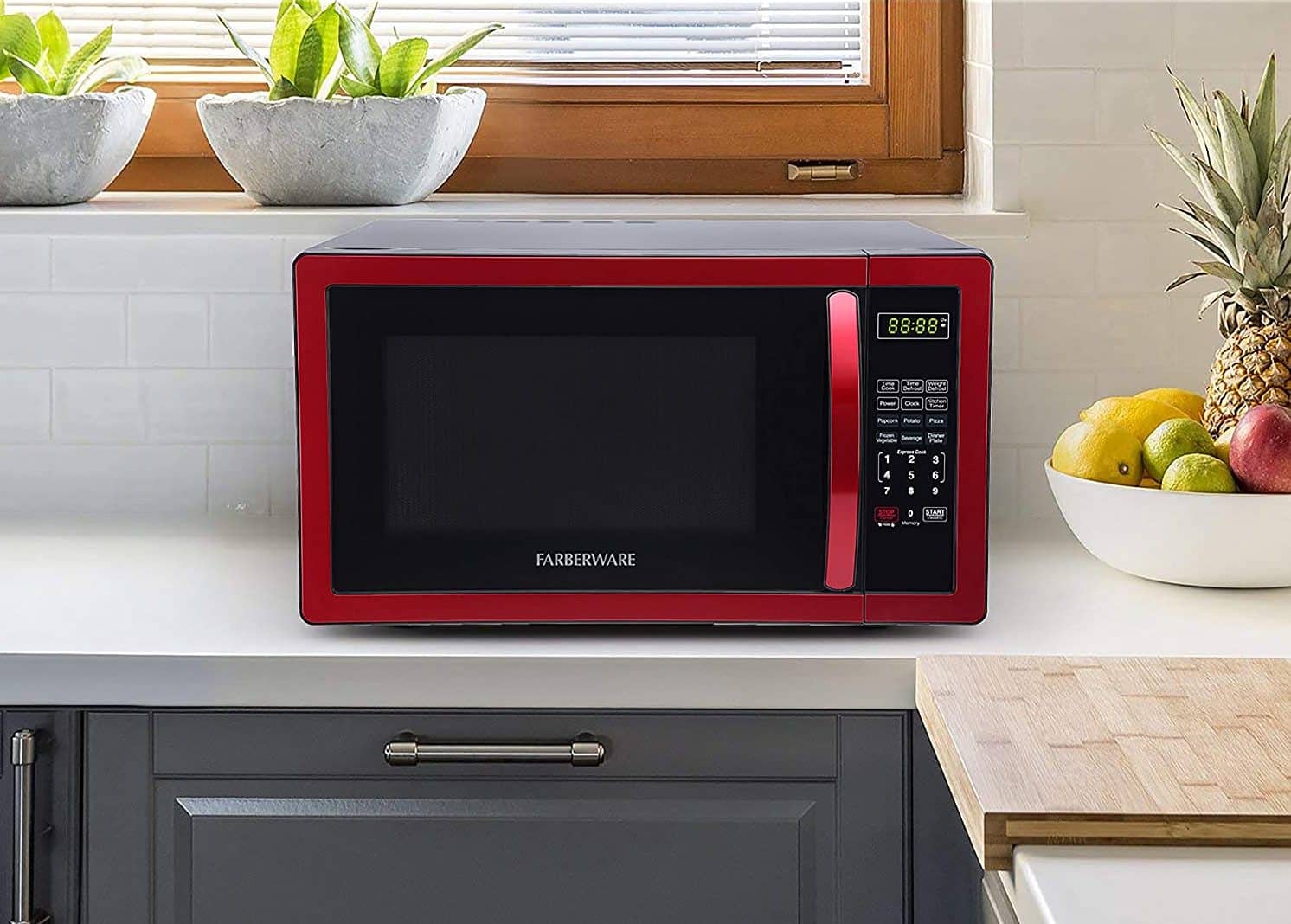
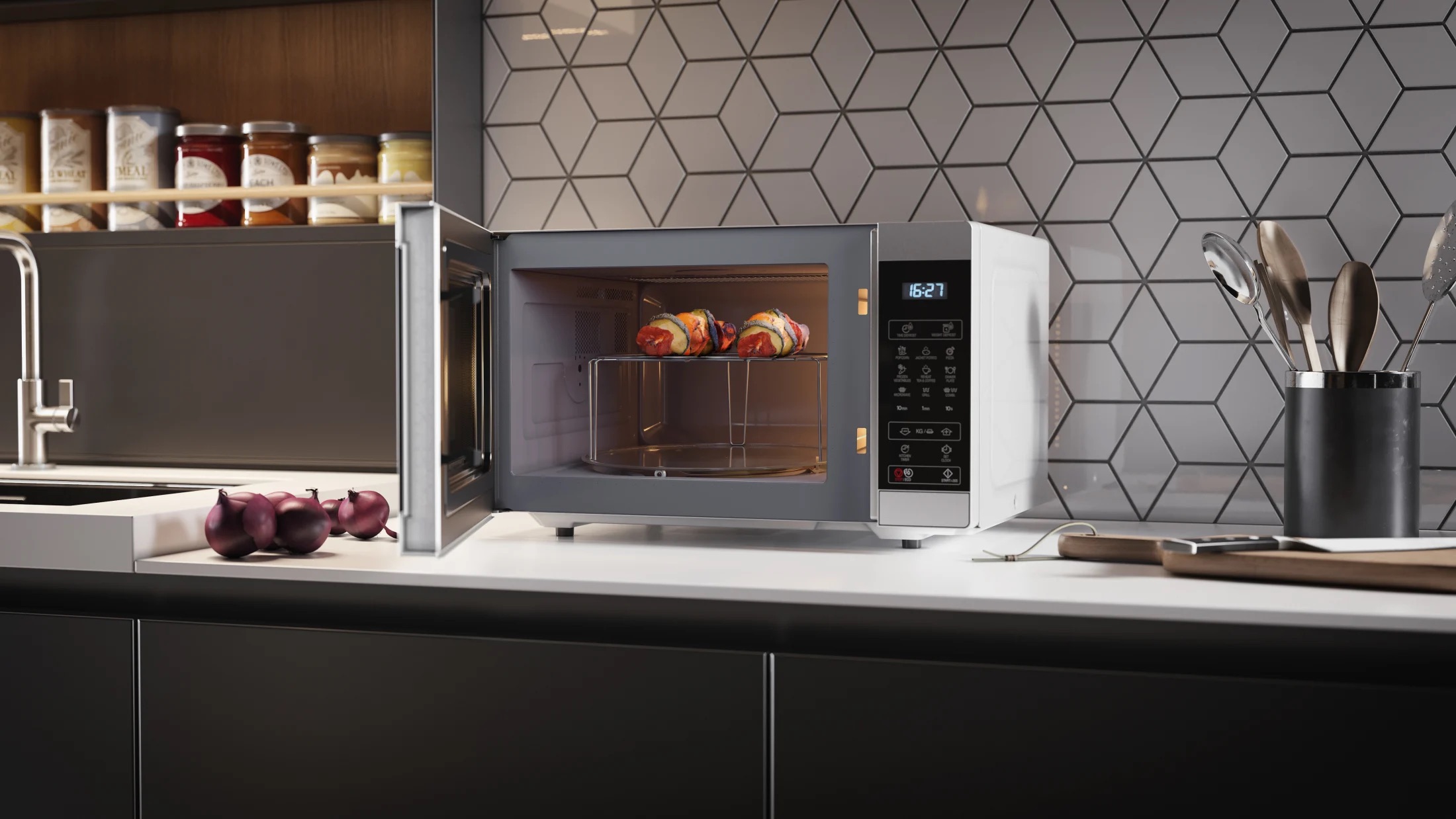
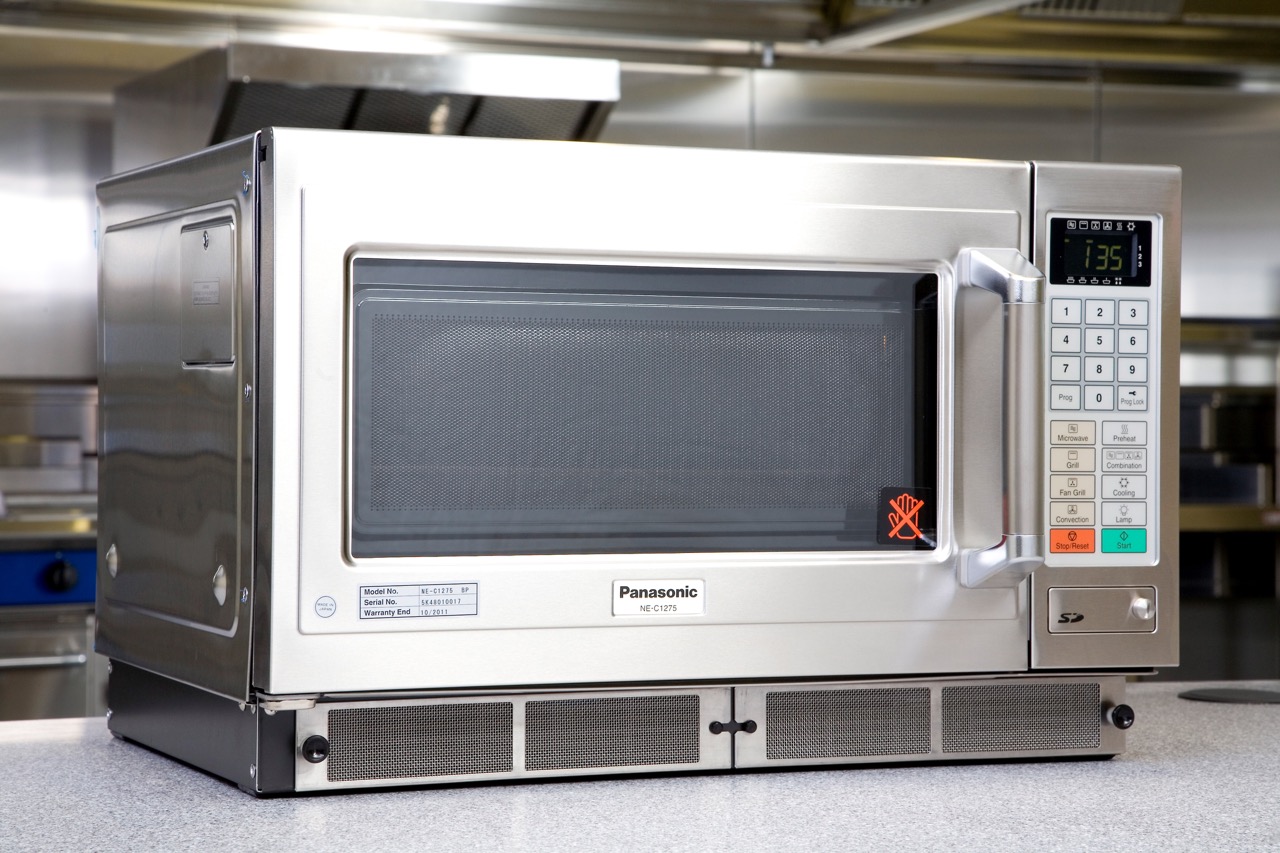
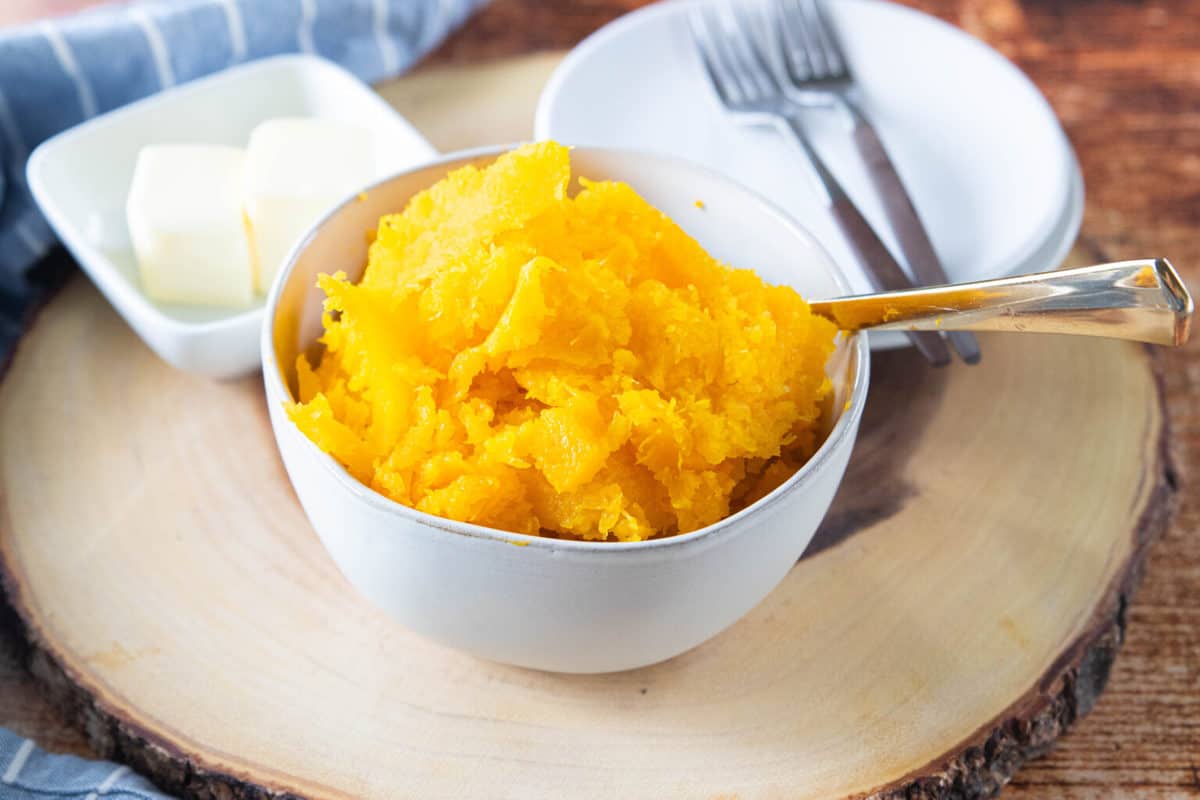
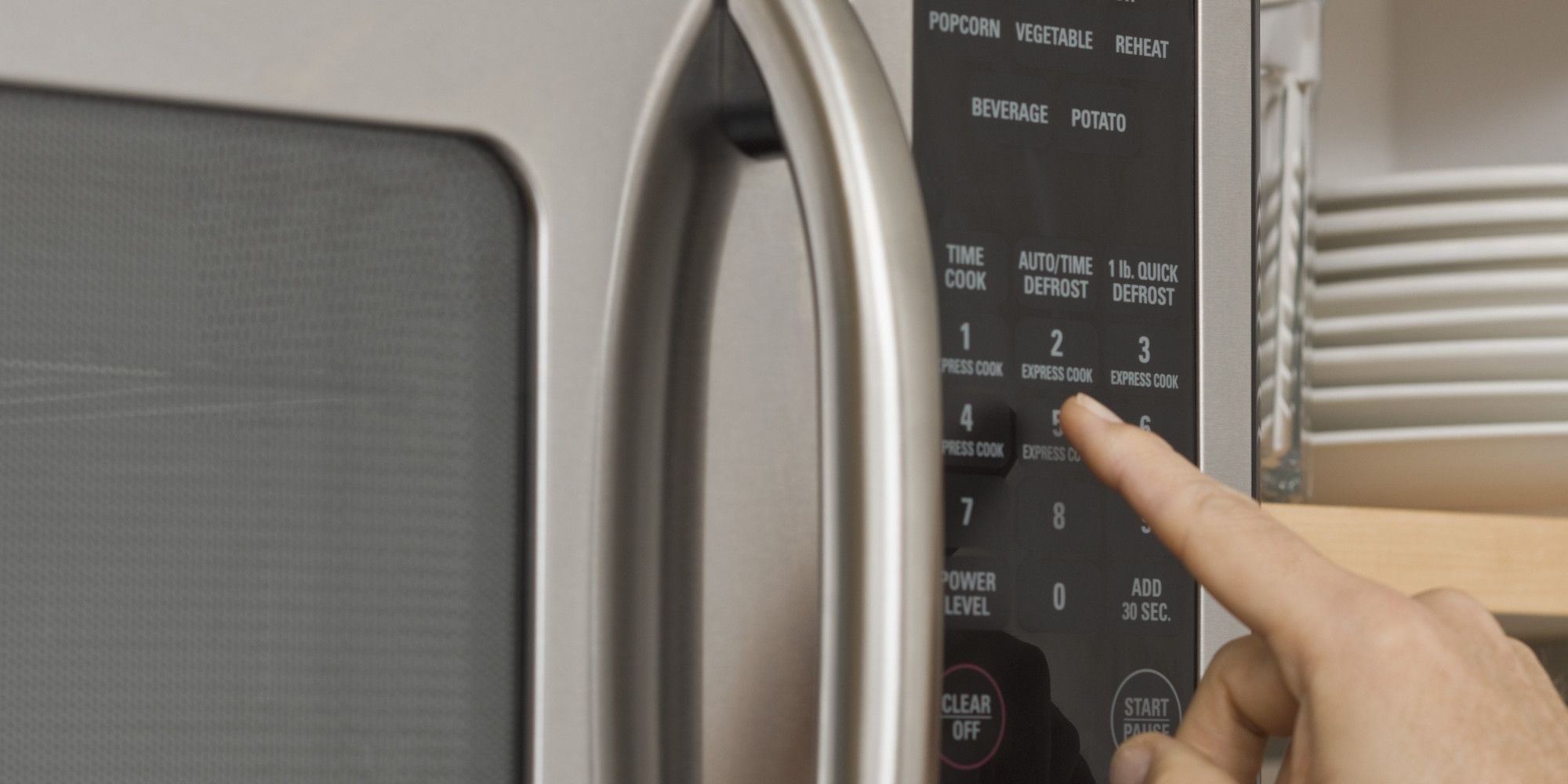
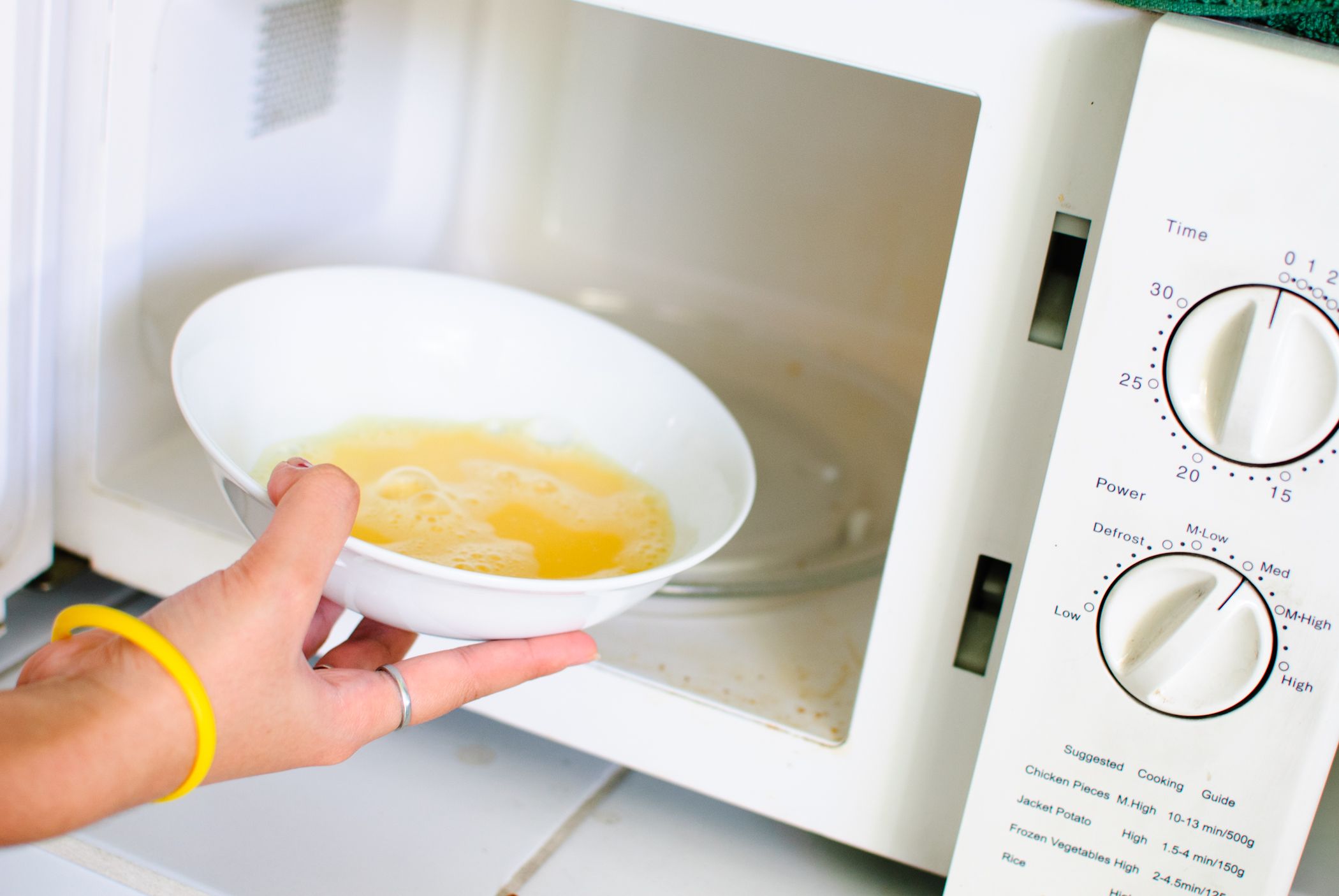
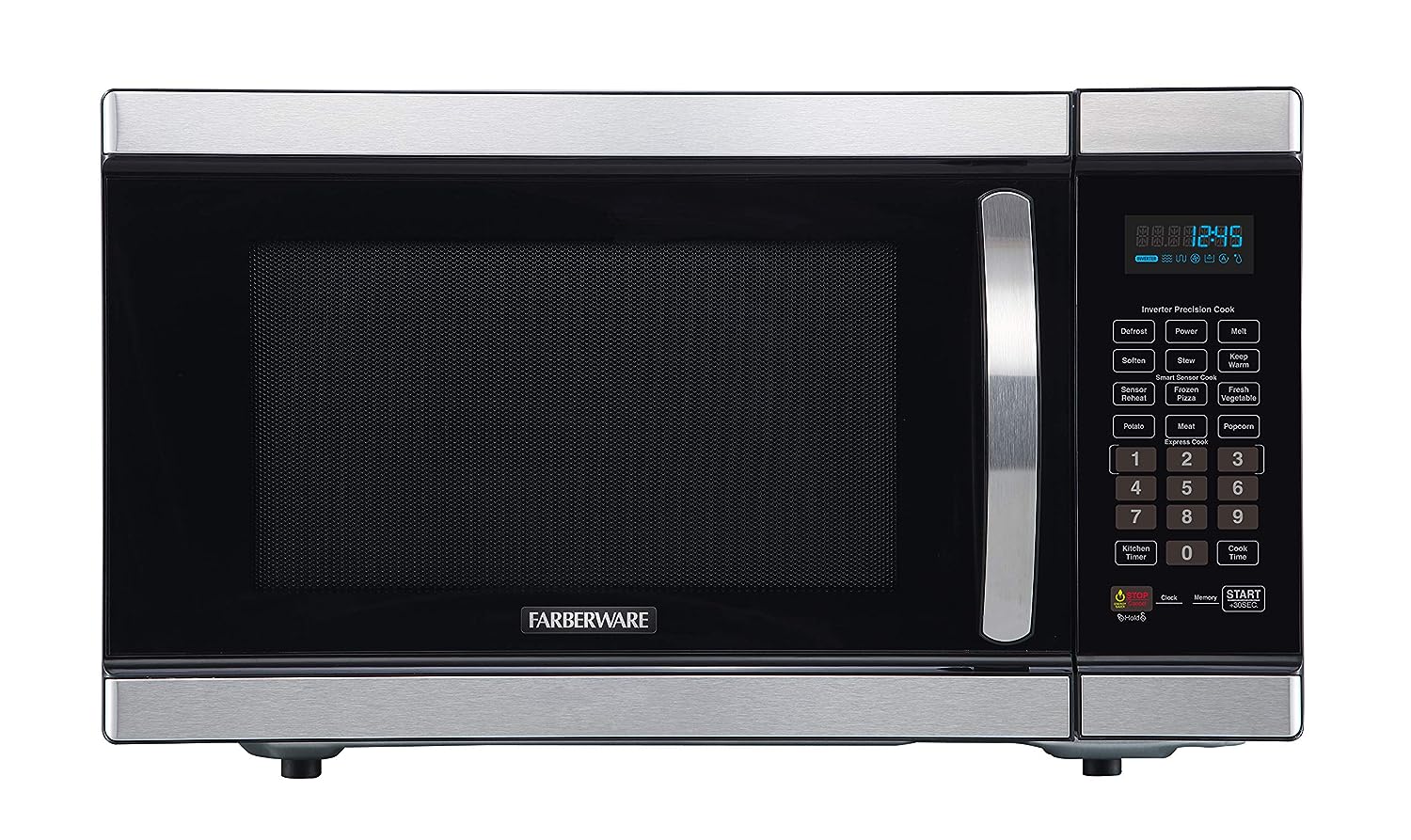



0 thoughts on “What Type Of Energy Cooks Food In A Microwave Oven”